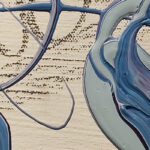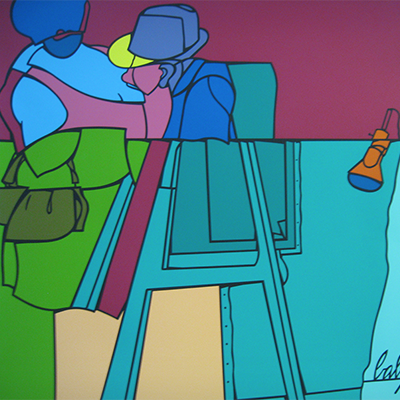
VALERIO ADAMI was born in Bologna and educated at the Accademia di Brera in Milan as a draftsman until his move to Paris in 1955. His early works show an expressionistic style influenced by Pop Art. Adami later developed a technique reminiscent of French cloisonnism, a type of post-Impressionistic painting that encloses areas of bright color with a dark outline. After the 1970s, Adami began to incorporate politics, literature, and mythology in his paintings, which he continues to do today. Adami has had retrospectives of his work in cities from Paris to Tel Aviv to Buenos Aires and one finds his work today in collections at the Pompidou Center, Paris; Museo d’Arte Moderna, Rome; the Art Institute of Chicago; and MoMA, New York, among other places.
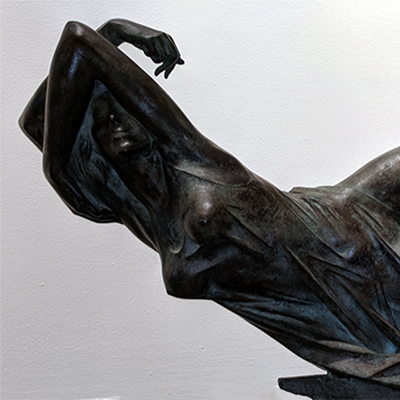
PIERO BROLIS was born in Bergamo, where he studied at several fine arts institutions. He later graduated from the Liceo Artistico di Brera in Milan. In 1941, he served in World War II as an engineer in the Air Force and was taken prisoner in 1943. Although he spent three years in U.S. prison camps, he was allowed to continue doing his art. Upon returning to Italy, he dedicated his life to that art; he won awards for his work and in 1960 was given the bronze medal by the President of the Republic. He worked and collaborated on numerous statues, many with religious themes. In the years following his death, he was honored posthumously, and, today, his work can be found in churches, museums, and other venues around the world.
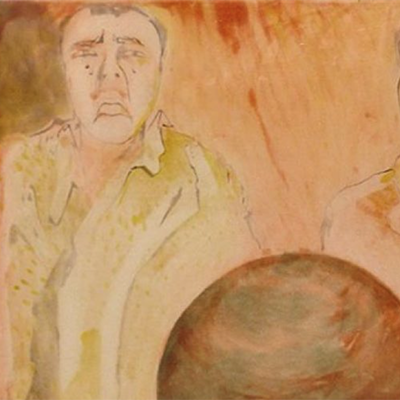
FRANCESCO CLEMENTE was born in Naples and after early work in the classics, he studied architecture at the University of Rome. Leaving school before completing the program, he focused on art. Throughout the 1970s, he produced works on paper, featuring his signature subjects: the human form, particularly women’s bodies; his own image; sexuality; myth and spirituality; non-Western symbols; and dreamlike visions; his participation in the 1980 Venice Biennale brought him international attention. Clemente rapidly became seen as one of the leaders of the “return to figuration,” dubbed the Transavanguardia in Italy and Neo-Expressionism in the U.S. In 1981 Clemente moved to New York where he collaborated with artists Jean-Michel Basquiat and Andy Warhol among others. He has published works with poets John Wieners, Allen Ginsberg, Robert Creeley, and Rene Ricard. Clemente has had shows and retrospectives at the Sezon Museum of Art in Tokyo, The Guggenheim Museum, Museo Archeologico Nazionale di Napoli, and Irish Museum of Modern Art in Dublin.
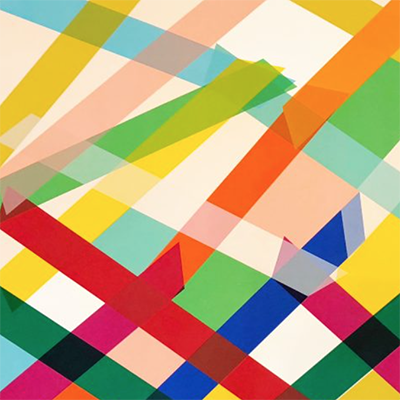
PIERO DORAZIO was born in Rome where he studied painting, drawing, and architecture. He was pivotal in bringing abstraction to Italy, and his oil paintings were often composed of intensely colored bands, which were stretched like webs across the surface of the canvas. In the late 1940s, Dorazio became active in a variety of artistic and literary circles, including those of Gino Severini and Renato Guttuso. And was co-founder of Forma 1, the first group of Italian abstract artists. In 1953, he traveled to New York and met Mark Rothko, Robert Motherwell, and Franz Kline and held his first solo exhibition at the Wittenborn One-Wall. He and went on to teach at the University of Pennsylvania and helped found the Institute of Contemporary Art in Philadelphia. Today, the artist’s works are at the Art Institute of Chicago, MoMA in New York, the Tate Gallery in London, and the National Gallery of Art in Washington, DC.
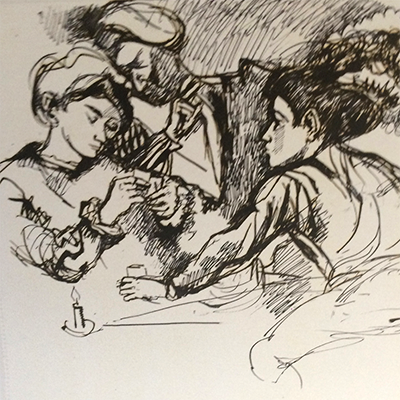
RENATO GUTTUSO was born in Bagheria, Sicily, Renato Guttuso gave up law at Palermo University to pursue art. In Milan, from 1935 until 1937, he discovered the experimental art movement through artists such as Renato Birolli and Giacomo Manzù and developed his own style influenced by their anti-fascist views. He co-founded the artistic movement Fronte Nuovo delle Arti in 1947 to promote artists who were unduly suppressed by the Italian fascists. During this time, he and Pablo Picasso established a friendship which lasted until Picasso’s death in 1973.
Guttuso was a member of the Communist party at one point and also expressed opposition to the Mafia. Elected to the Italian Senate in 1976, he represented the Sicilian town of Sciacca. His artwork often reflected his politics. Today, his works are at the Tate Gallery in London, MoMA in New York, the Hermitage Museum in St. Petersburg, and the Palazzo Ruspoli in Rome, among others.
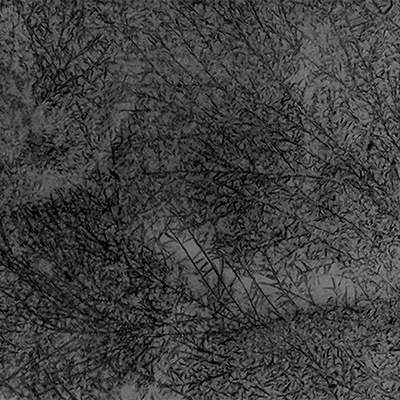
LUCIANO MONTI was born in Este, Padova, and in 1984 he earned his degree in English Language and Literature and began teaching. After being named Kodak Portrait Photographer of the year for 1992/1993, he stopped teaching to pursue photography. In 2003 he became a Hasselblad Master and is the author of four books on photography; his works can be found in many museums throughout Europe. He continues to live and work in Padova.
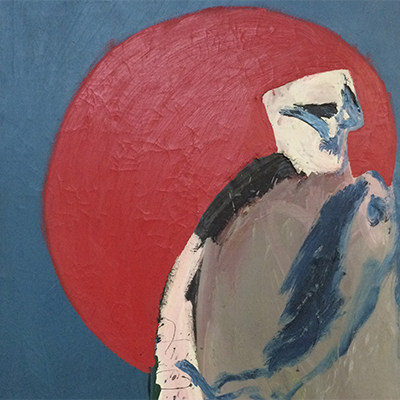
GIOVANNI RAGUSA was born in Shanghai, China. He returned to Italy with his family after World War II and settled in Florence. Ragusa participated in many solo and group exhibitions throughout Italy, France, Egypt, and the U.S. In 1981, he was Artist-in-Residence at UC Berkeley. On returning to Italy in 1983, he had a solo exhibition at the Palazzo Vecchio in Firenze entitled Made in Florence. Ragusa’s paintings represent his most intimate necessity: a journey through existence. “I have a motto,” he wrote, “I paint to survive, I paint to forget, I especially paint to remember.” His work, “Fanciful Monster,” is part of the collect at the San Jose Museum of Art, San Jose, California.
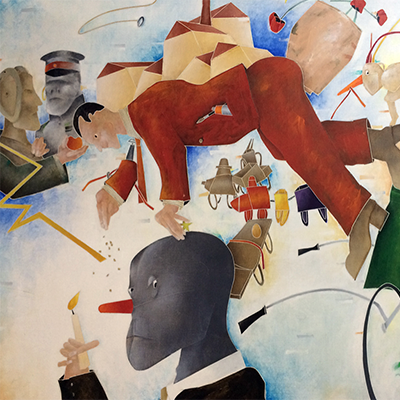
EMILIO TADINI a native of Milan, started his career as a writer of essays, art criticism, novels, and poetry. He began actively painting in the 1950s and had his first solo exhibition in 1961 at the Galleria del Cavallino in Venice. His art was influenced by the avant-garde New Figuration movement, Cubism, Surrealism and Pop Art and has been exhibited in major cities in Italy and throughout the world. His work drew from the past and the present often with many ironic witticisms. Major works of his were exhibited in the 1960s and 1970s including Vita di Voltaire, Color & Co., and Viaggio in Italia. His work was shown at the Venice Biennale in 1978 and 1982. Subsequent exhibits were held in Paris, Milan and Bologna. Tadini was an art critic for the Italian newspaper Il Corriere della Sera and served as president of the Accademia di Brera from 1997 to 2000.
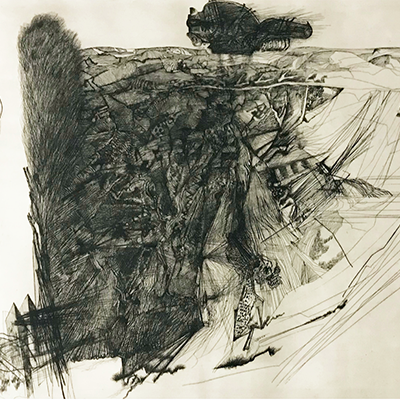
GIUSEPPE ZIGAINA hailed from Friuli Venezia Giulia. A neorealist painter, printmaker, and author, Zigaina showed an early propensity for drawing and held his first exhibition at the age of 19. In 1946 he met Pier Paolo Pasolini, with whom he established a friendship and artistic collaborative relationship, including designs for a collection of Pasolini’s poems, entitled Dov’è la mia patria (Where is my Fatherland).. After winning the Fontanesi Prize at the Venice Biennale in 1950, Zigaina’s works became gradually influenced by the German New Objectivity movement. Around 1965, he began engraving, and in n 1984 Zigaina spent time in San Francisco teaching at the San Francisco Art Institute and UC Berkeley.
He won prizes for his work including the Ginori prize at the Venice Biennale in 1960, special prize at the Biennale internazionale della grafica di Firenze (1974), special jury prize at the Biennale internazionale della grafica di Mulhouse (1980), Masi prize for culture (1990) and the Terni award for culture in 1998.
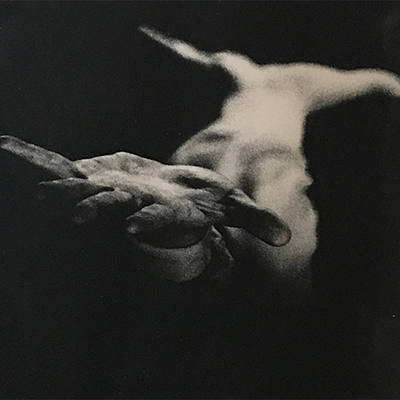
VASCO ASCOLINI began his photography career in 1965 and is best known for his black and white images of the theater as well as of architecture and cultural heritage sites. From 1973 to 1990 he was the official photographer of the Municipal Theatre “Romolo Valli” in Reggio Emilia. In 1985 a major retrospective exhibition of his “spectacle” photographs was held at Lincoln Center in New York. Soon thereafter he turned his attention to photographing cultural heritage sites and architecture, continuing to work primarily in black and white. His theater images can be found at New York’s Metropolitan Museum of Art, MoMA, and the Guggenheim Museum and in other major collections throughout the U.S. and Europe.
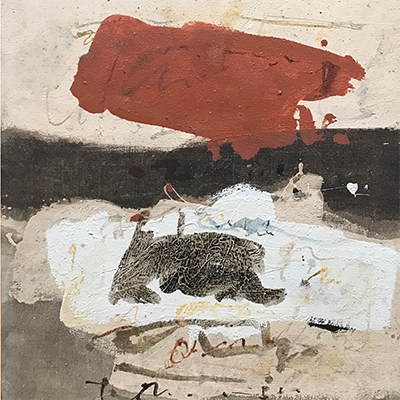
PAOLO BUGGIANI was born in Castelfiorentino, in Tuscany. In the early 1950s, he moved to Rome to study contemporary art, and in 1955, he participated in the national competition Incontri della Gioventù where he won first place along with painter Giuseppe Romagnoni. Soon after, he was invited to the first Salone d’Estate with 31 other artists of the Roman Avant-garde. In 1956, Buggiani had his first show at the Schneider gallery of Rome. He moved to New York in 1962 and in 1968 received a Guggenheim Fellowship for his experimental method of sculpture called the Vacuum Forming System. He went back to Italy in 1968 and worked in Rome and Milan. Returning to New York in 1978, Buggiani began his work on Mechanical Reptiles and Urban Mythology. These works, placed directly onto urban streets brought him popularity as one of the most important members of the Street Art Movement. Buggiani and his late friend Keith Haring were subjects of a show “Made in New York: Keith Haring, Paolo Buggiani and the Origin of Street Art” at EXMA di Caligari in December 0f 2019.
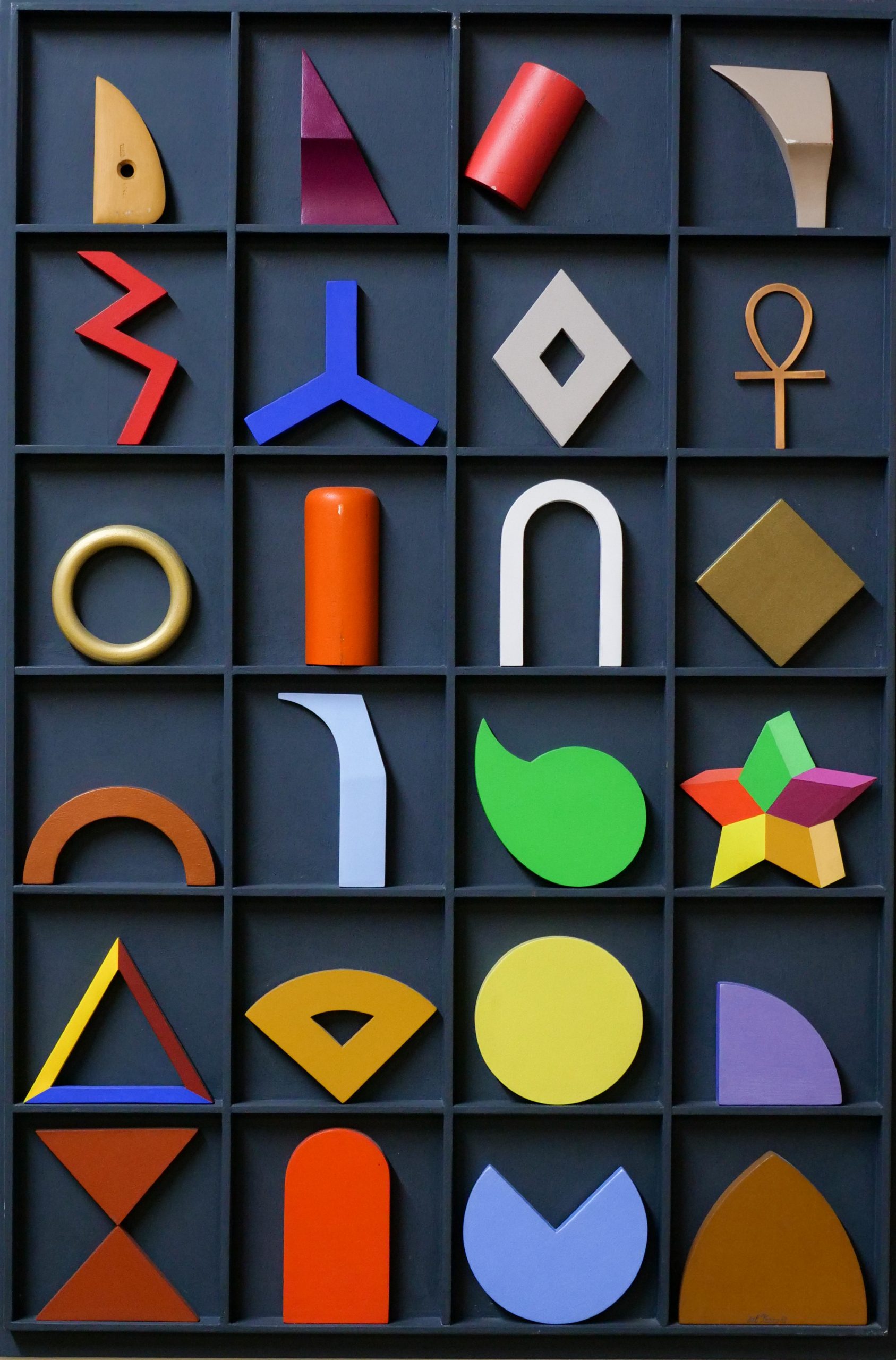
LUCIO DEL PEZZO a painter and sculptor born in Naples, was among the founders of the neo-surrealist and neo-Dadaist Gruppo 58, closely linked to Enrico Baj’s Movimento Nucleare. His paintings and assemblages emphasized the playful aspect of art. Starting from 1962, Del Pezzo created his own repertoire of “paintings” or “sculptures,” made up of monochrome geometric panels on which shelves or hollowed out concavities are inserted, which support regular geometric objects (pins, wooden eggs, bowls, mannequins), sometimes very colorful. For the ironic tone and the use of decontextualized everyday objects, these works refer to Pop Art; but there is an evident influence of Giorgio De Chirico, Carlo Carrà, Giorgio Morandi, and of the geometries of metaphysical painting. Del Pezzo’s works aimed to be an ironic commentary on modern consumerist society that highlighted its strengths and weaknesses.
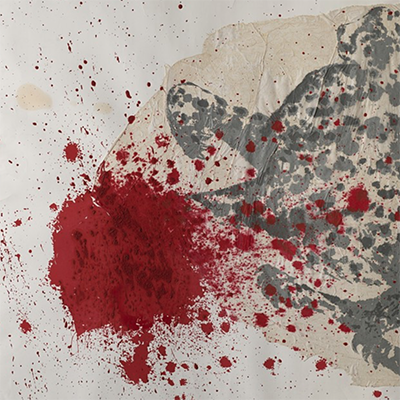
OMAR GALLIANI was born in Montecchio, Emilia. He graduated from the Academy of Fine Arts in Bologna and teaches painting at the Brera Academy of Fine Arts in Milan. Galliani’s works are mostly large drawings done with graphite, sometimes with the addition of the color red. He applies the graphite on light-colored substrates creating a chiaroscuro effect that he then enhances with “pouncing,” a Renaissance technique that adds a trace or a powder effect of another color within the picture. He has participated in more than 250 exhibitions all over the world and had exhibitions during the Venice Biennale of Contemporary Art in 1982, 1984, and 1986; in 2003 he won first prize at the Beijing International Art Biennale and is the Honorary President of the Fine Arts Center in Pietrasanta. He donated his “Self Portrait” to the Uffizi Gallery in Florence in 2018.
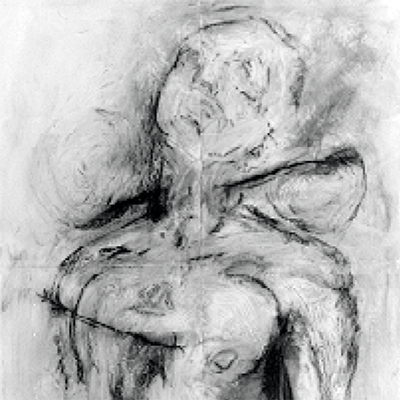
NINO LONGOBARDI is a self-taught artist from Naples. At his first exhibition in 1978 he displayed work that focused on space and its architectural uses through drawing on paper and directly on walls. After the devastating 1980 earthquake in Naples, Longobardi’s focus shifted toward the representation of the human body and themes of death. His work has always been inspired by his origins, the city of Naples, both in subject matter and emotional context, and even Etruscan influences are evidenced in his work. His work has been widely exhibited: in 1982 his work, along with work by Sandro Chia and others, was shown at “Italian Art Now: An American Perspective,” at the Guggenheim Museum in New York and much more recently at the 56th Venice Biennale in 2015. One can see his work in many permanent collections from The Metropolitan Museum of Art in New York, the Madre · Museo d’arte contemporanea Donnaregina in Naples, to the Princeton University Art Museum and the Madison (Wisconsin) Museum of Contemporary Art.
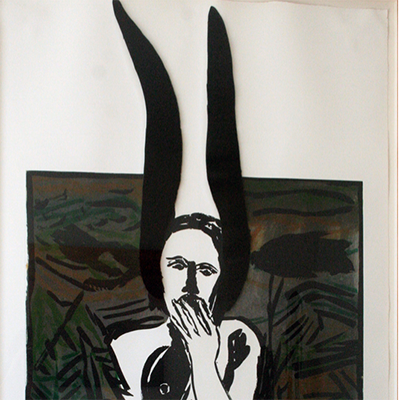
MIMMO PALADINO is a painter, sculptor, printmaker, and draftsman from Paduli, Campania. He is affiliated with the Italian Transavanguardia movement and draws inspiration from Egyptian, tribal, and classical images to Modernist painting and sculpture. His first solo exhibition was held in 1969, and since then he has had numerous shows throughout the world. In 2002, a major retrospective entitled Transavanguardia 1979-1985 at Castello Di Rivoli, Museo d’Arte Contemporanea, Turin, included his works along with those of Sandro Chia, Francesco Clemente, Enzo Cucchi, and Nicola de Maria. An exhibition of his ceramics was held at the Museo MIC in Faenza, Italy, in 2012, and, in 2016, He exhibited in a large-scale art show for Frederik Meijer Gardens & Sculpture Park in Grand Rapids, Michigan, and had a retrospective show at Galleria Stein, Milano. His work can be found at New York’s Metropolitan Museum of Art and MoMA, the Tate Galleries in London and other museums.
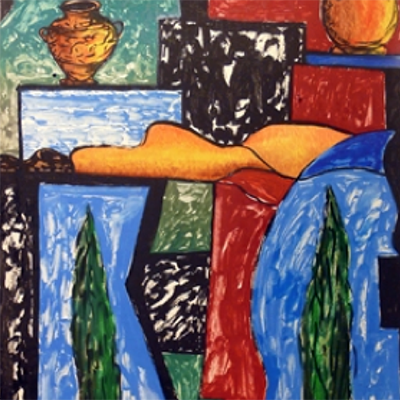
ITALO SCANGA was born in Lago, Calabria, and immigrated to the U.S. shortly after World War II. The Scanga family settled in Detroit, Michigan, where Scanga worked for General Motors before serving in the U.S. Army. He received his BA and MA degrees in sculpture from Michigan State University and taught at several colleges throughout the United States including the Rhode Island School of Design. He began exhibiting his own work in the late 1960s that consisted of installation pieces composed of farm implements, herbs, and saint iconography. His work can be seen in over thirty museums around the world, including the Metropolitan Museum of Art, MOMA in New York, and the Art Institute of Chicago.
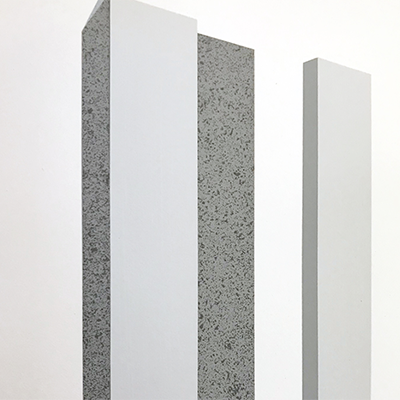
GIUSEPPE UNCINI was a painter and sculptor born in Fabriano, Ancon. He attended the Art Institute of Urbino and in 1953, he moved to Rome. In 1955 he participated in the Quadrienniale di Roma at the Palazzo delle Esposizioni, and two years later he exhibited for the first time in Germany, at the group exhibition “Abstrakte italianische Kunst, ”held in Frankfurt am Main. Uncini was one of the most important representatives of the Gruppo Uno, a movement that rejected the tenets of Art Informel and revived the spirit of rationalism, proposing an idea of art rooted in the theories of perception. The turning point of Uncini’s artistic development came with the creation of Cementiarmati (1957 – 1958), sculptures which employ iron, cement, and wire netting. In his next series Ferrocementi, His work is part of private and public collections, such as Galleria d’Arte Moderna, Bologna; Galleria Comunale d’Arte, Cagliari; Museo del Novecento, Milan; Galleria Nazionale d’Arte Moderna, Rome; Museo d’Arte Moderna e Contemporanea di Trento e Rovereto and many others worldwide.
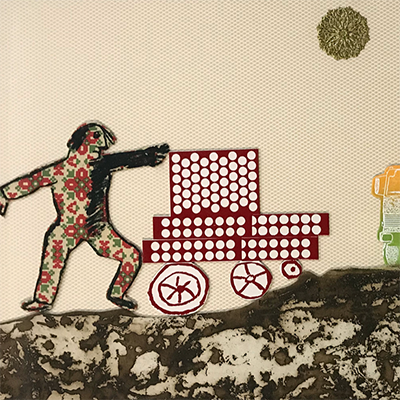
ENRICO BAJ was born in Milan and studied at the Accademia di Belle Arti di Brera and the University of Milan, where he obtained a law degree. Early in his artistic career, Baj engaged in political dissidence; along with artist Asger Jorn, he founded the Movimento Nucleare in 1951, a collection of artists who critiqued the use of nuclear power after the bombings of Hiroshima and Nagasaki. Baj also was associated with CoBrA, a European avant-garde movement active from 1948 to 1951. He worked alongside progressive artists and intellectuals, including novelist Umberto Eco and artists Yves Klein and Marcel Duchamp. Baj was best known for his political collages, prints, paintings, and sculptures, and works can be found at the Art Institute of Chicago, and MoMA in New York.
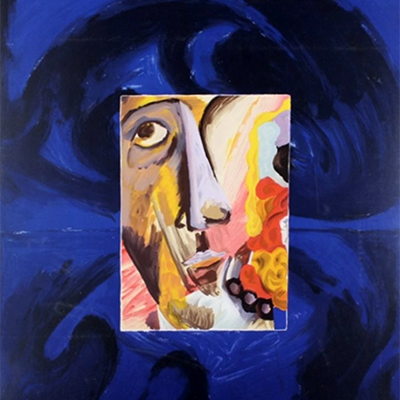
SANDRO CHIA was born in Florence, where he studied at both the Istituto d’Arte and the Accademia di Belle Arti. During the 1970s, he exhibited throughout Italy and Europe and eventually changed his style from the conceptual to the figurative. Chia is a part of the Italian Transavanguardia movement and has shown his work in many important museums across the globe including the Metropolitan Museum of New York and the Palazzo Medici in Rome.
His work is found in private and public collections including MoMA, New York; the Stedelijk Museum, Amsterdam; the Castello di Rivoli, Museo d’Arte Contemporanea, Rivoli, Italy, and numerous others. Today he lives and works in Rome, Miami, and the wine country of Montalcino, Tuscany.
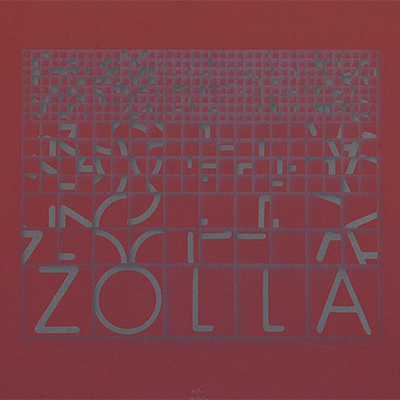
BRUNO DI BELLO was born in Torre del Greco, Naples, and began exhibiting his work after studying at the Academy of Fine Arts of Naples. He investigates the decomposition of the image, the icons of the historical avant-gardes, (i.e., Klee, Man Ray) thus developing an idea of art as a reflection on modern art. Since the 1970s, words and concepts appear on his photographic canvases that, by breaking down and reassembling themselves, animate a game of losing and finding meaning. Other works of the 1970s/80s are executed by drawing on the sensitive canvas directly with the light beam of a flashlight. Starting in the 1990s Di Bello devoted himself to new technologies by researching synthetic images, digital photography, and new geometries on a computer.
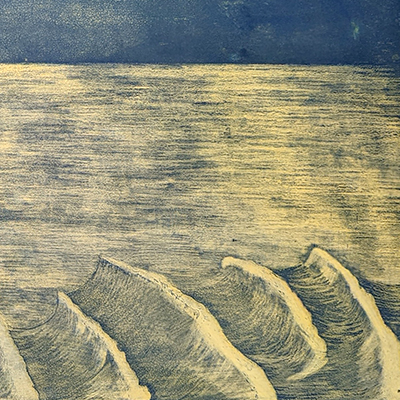
GIUSEPPE GATTUSO LO MONTE was born in Sicily, and despite his death at age 50, in Florence, he had a variety of styles representing the cultural scenarios of the 1960s, 1970s, and 1980s. With Raphael Bueno and Giovanni Ragusa, he formed a group averse to the artistic-cultural trends of the time. His work stands out for its irreverent execution; recent criticism suggests that Gattuso’s graphic and sculptural repertory predicts the coming of the Transavanguardia. Following prolific exhibitions in Italy and Switzerland in the 1970s and 1980s Gattuso was the main artist in an exhibition tour in the U.S. which from 1972 to 1983, traveled from Drake University, Iowa; to Southwestern College in Southern California; to the University of Nebraska at Lincoln; and finally to San Francisco, just four years before his death.
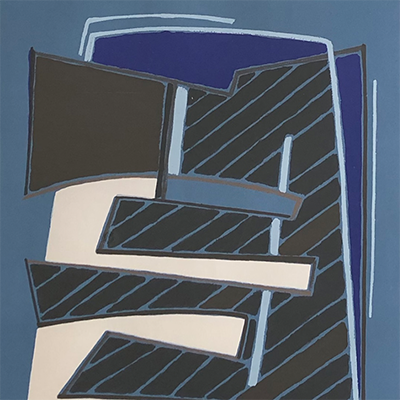
ALBERTO MAGNELLI was born in Florence and began painting in 1907. By 1909 he was established enough to be included in the Venice Biennale. He joined the Florentine avant-garde. Visiting Paris, he met Guillaume Apollinaire and Cubists including Pablo Picasso, Fernand Léger, and Alexander Archipenko. By 1915 he had adopted an abstract style incorporating cubist and futurist elements. In the next few years Magnelli returned to figurative work, drifting from the Italian avant-garde which had started supporting Fascism, which he opposed. Back in Paris, he joined the Abstraction-Création group and became friends with Wassily Kandinsky, Jean Arp and Sophie Taeuber. Following the Nazi invasion of France, he sought refuge in Grasse. At the end of the war Magnelli returned to Paris, which would be his home for the rest of his life. He became a major figure in the post-war concrete art movement and again exhibited at the Venice Biennale. His works are in the permanent collections of many major museums including New York’s Museum of Modern Art and the Guggenheim Museum.
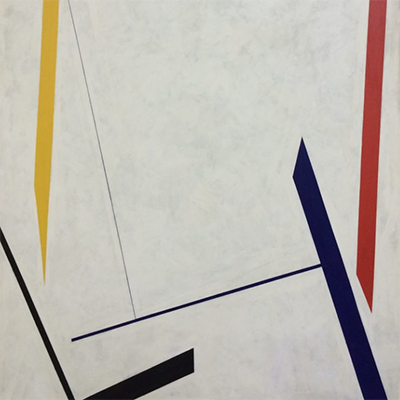
GIANFRANCO PARDI was born in Milan. From the start, his art concentrated on space and construction, characterized by the integration of drawing, painting, and sculpture often in three-dimensional works. He held his first solo exhibition in 1959 in Brescia, and the following year, his work was presented by Galleria Colonna in Milan. From then on, his art was exhibited in museums, galleries, and biennials all over the world. In 1986, Pardi participated in a solo exhibition at the Venice Biennale, the Milan Triennale, and the Rome Quadriennale. In 1998 the Palazzo Reale in Milan housed a solo exhibition of his work, and in 1999, a series of major exhibitions were organized in Germany. Over the course of his career, Pardi produced numerous sculptures for both public and private spaces, and his work has been included in several public collections. The year after Pardi’s death the “Associazione Culturale Gianfranco Pardi” was founded in the artist’s memory to promote awareness of his life and work.
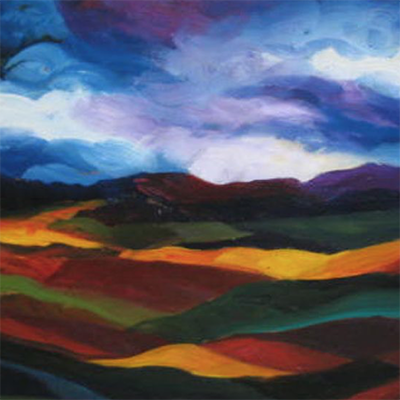
CARLO SISMONDA was an Italian painter and composer born in Italy’s Piemonte region. Sismonda created a series of paintings in the second half of the 20th century dealing with Beethoven’s music. He was influenced by the example of the Macchiaioli, a group of late 19th century Italian painters who worked outdoors, capturing natural light; through his works and experiments he abandoned the traditional chiaroscuro. He thus reduced the landscape to its essential structure. Sismonda’s conception of abstract art enabled him to uncover new elements and spatial rhythms that created excitement and vibrancy in his works. He exhibited in Europe, Canada, United States, United Kingdom, and Japan.
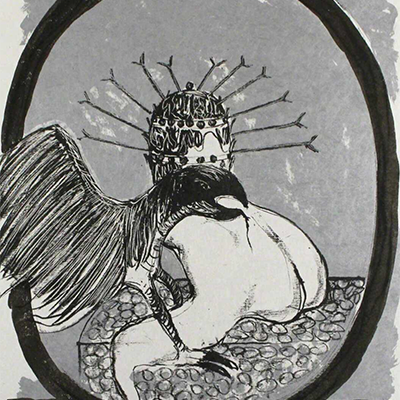
SERGIO VACCHI was born in 1925 in Castenaso, Emilia-Romagna, and while primarily a self-taught artist, he spent time in Bologna training in techniques of Picasso and Cézanne. In 1959, he moved to Rome where he lived for most of his life. Vacchi was part of the Arte Informale, and Neo-Expressionism. His first show was in 1951 at the Galleria Del Milione in Milan, and he would continue to have his works part of exhibitions throughout his life. In the 1960s Sofia Loren and Carlo Ponti acquired 110 of his paintings.In 1998, a foundation named after him was founded. He retired to the castle of Grotti near Siena and died at the age of 90.
